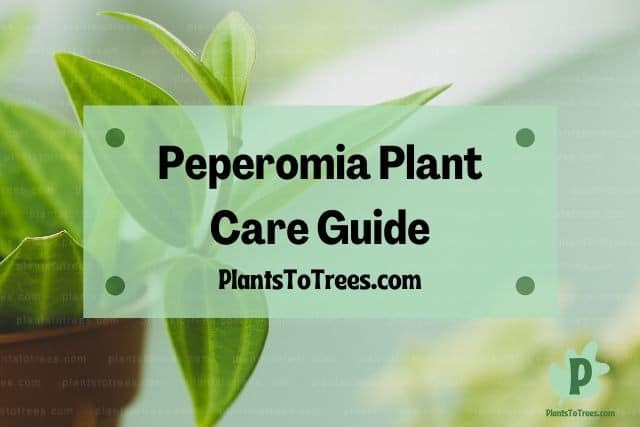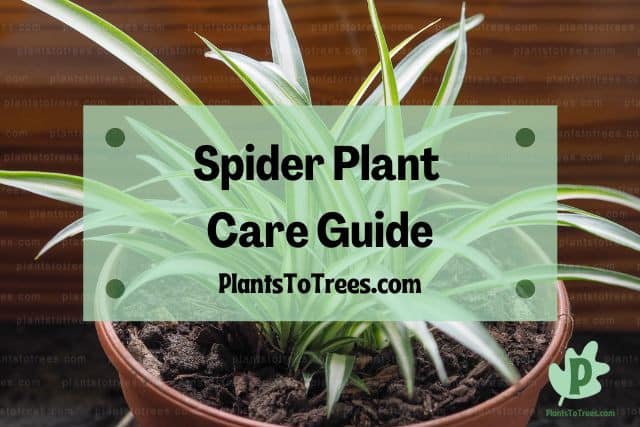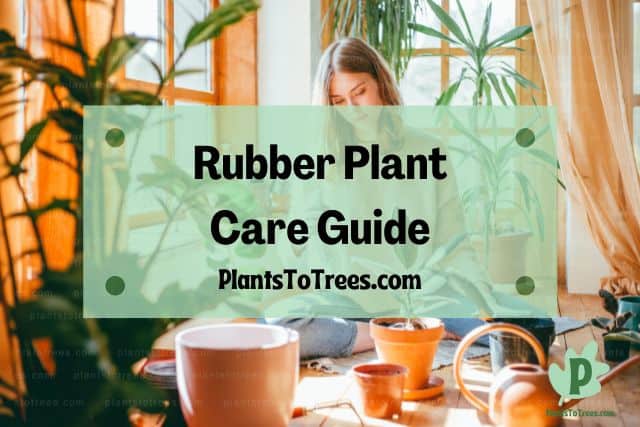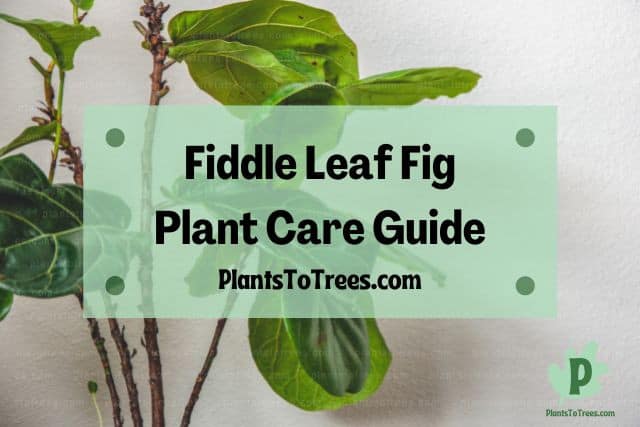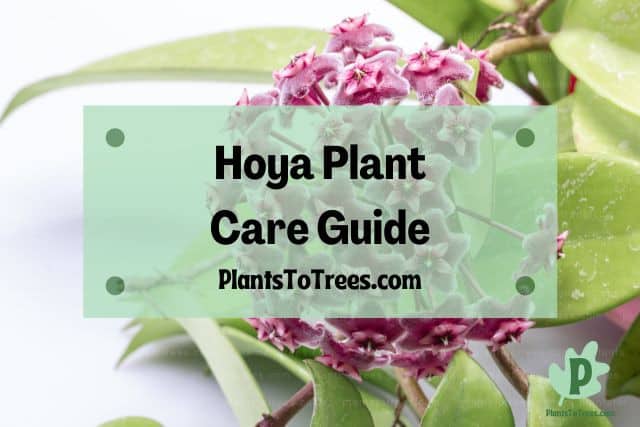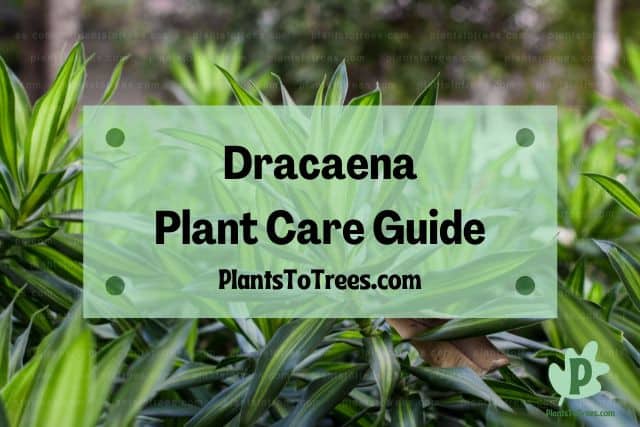Peperomia Plant Care Guide
The good news is that peperomia plants are not toxic to cats, and won’t cause harm if your kitty ingests any parts of this plant. Aim, however, to keep your cat away from houseplants. If you want to give your cat their own greenery, consider growing cat grass for your kitty.

